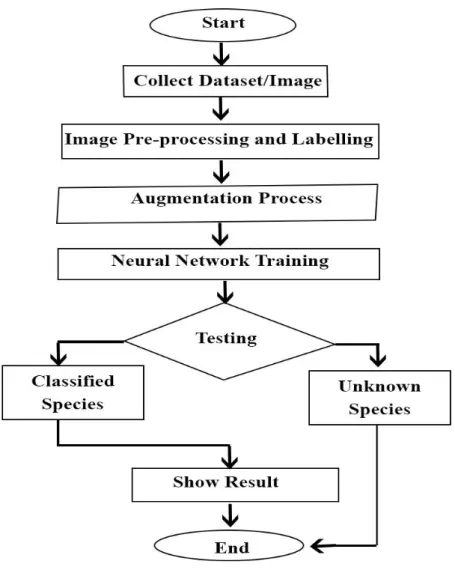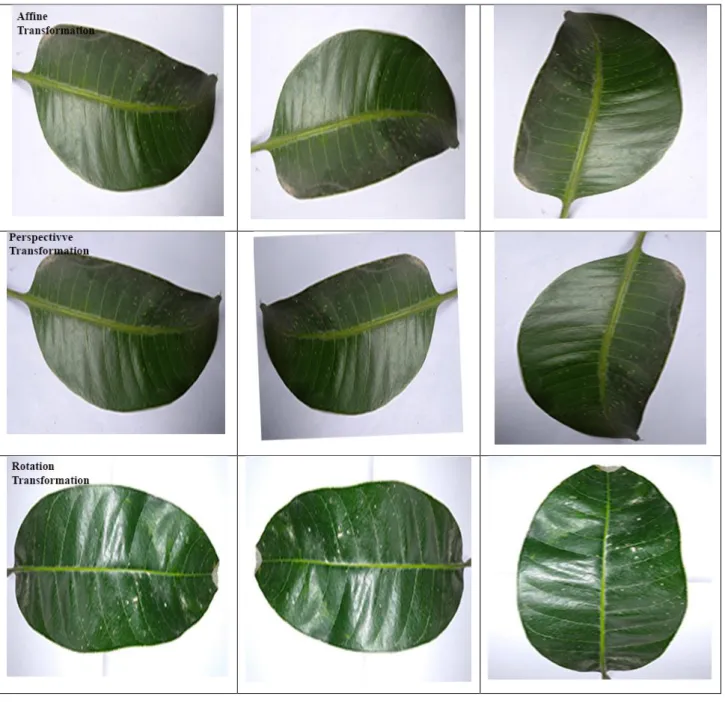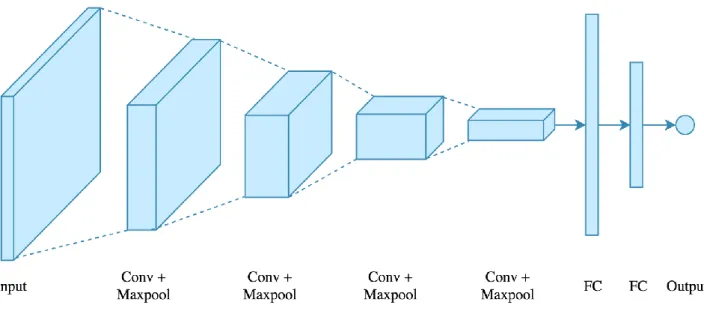This project/internship titled “Prediction of mango species from leaves using convolutional neural network”, presented by Md. Ariful Islam, ID No. in the Department of Computer Science and Engineering, Daffodil International University has been accepted as satisfactory in partial fulfillment of the requirements for the degree of B.Sc. Department of Computer Science and Engineering Faculty of Information Science and Technology Daffodil International University.
We hereby declare that this project was executed by us under the supervision of Shah Md. The latest era of convolutional neural systems (CNNs) has achieved exceptional results in image grouping. This research is related to another way to deal with the improvement of mango species identification model for leaf image ranking by using deep convolutional neural systems (DCNN).
This research aims to identify the variety of mango from the image of its leaf. As deep learning has been effectively applied in various fields, it has recently made its way into agriculture.
Motivation
Rationale of the Study
Research Question
Expected Outcome
Report Layout
BACKGROUND
- Preliminaries
- Related Works
- Comparative Analysis and Summary
- Scope of the Problem
- Challenges
It was mostly seen from the literature that image processing strategies have been used for plant/leaf/flower/disease prediction. As can be seen from the review, the authors have focused heavily on plant/leaf/flower/disease etc. prediction. This research will classify mango trees based on their leaves using Convolutional Neural Network (CNN).
Suppose the leaves from the Fazlee mango tree do not match any of the leaves from other types of mango trees. This research will analyze these differences between the leaves and train our system to detect the distinction between different categories of mango lures. The first challenge of this research is to collect the correct or accurate data set.
Because most of the leaves of mango trees of different varieties are similar. The leaf image capture must be perfect, classify the leaves into the correct dataset.
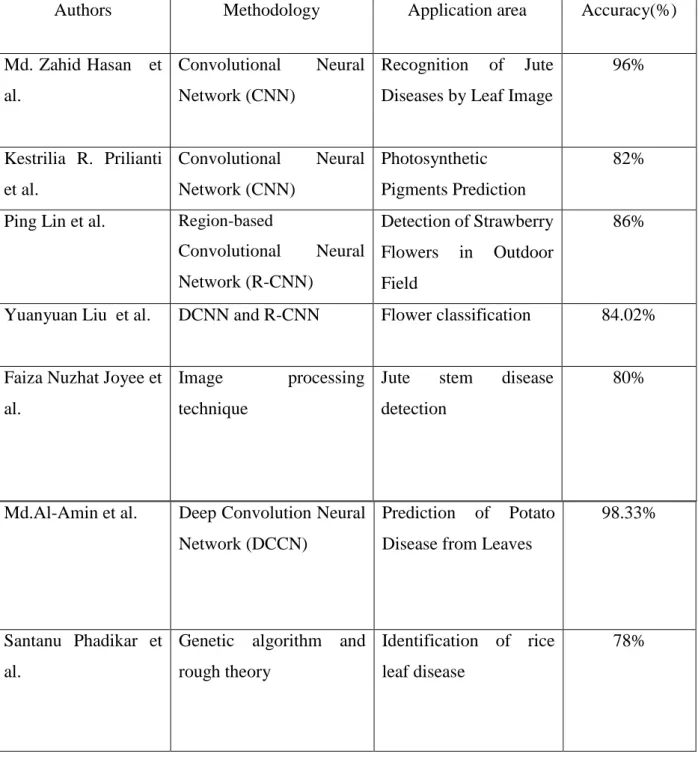
PROPOSED METHODOLOGY
- Research Subject and Instruments
- Data Collection Procedure
- Statistical Analysis
- Proposed Methodology
These photos are collected from mango nurseries. The data is in five classes and about 600. The amount of training data is about 500 and the amount of data is about 160. First of all, the important part of the procedure is to collect the right data set.
To train the neural network we have built a system using Keras library and TensorFlow in python script. After that the output will have the result of training the Network with training accuracy and training loss. Here the procedure is the same, but it is on the local computer server.
The last layer was changed and the yield of the Softmax layer was determined according to the need of this examination [12]. Here, Xn stands for the input of the nonlinear activation function of the nth channel.
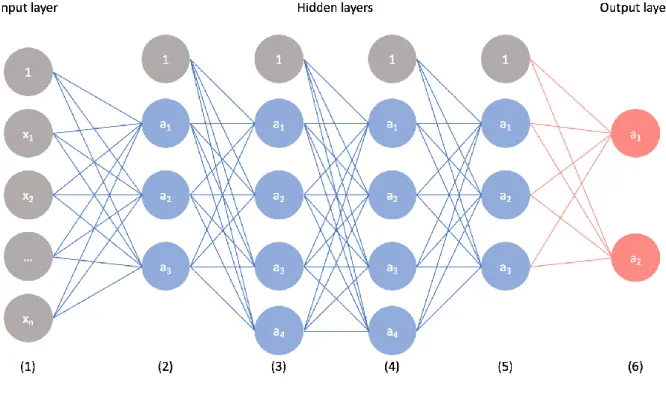
RESULT AND DISCUSSION
- Experimental Setup
- Experimental Results & Analysis
- Discussion
- Impact on Society
- Impact on Environment
- Ethical Aspects
Samples of classified mango leaves and unknown mango leaves are designated as the classified and the unknown class, respectively. We implement deep learning technique known as Deep Convolutional Neural Network (DCNN) to recognize mango species from leaves. We have trained DCNN model to learn that it can identify the classified leaves with unknown leaves when implementing the classification task.
We have implemented python keras, TensorFlow library and run to perform all classification tasks. A sensitivity of 90% with a false negative rate of 10% and a specificity of 80% with a false positive rate of 30% was achieved. It is a good accuracy to perform the system after 40 epochs, no system is perfect below 60% accuracy.
It will be very easy to distinguish the type of mango tree when buying it from the market or nursery. We can then select the desired mango tree and maintain the recommended environment for the tree. Once we meet the requirements of our country, we can export mangoes abroad and earn foreign exchange.
We just take the photo of the mango tree and detect the species of the tree. Also indicate the desired environment for the specific mango variety so that the farmer can grow more mangoes. With the help of this system, a buyer can identify the species of mango tree before purchasing the mango tree.
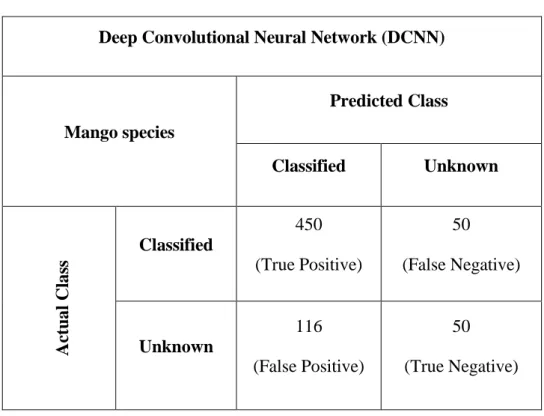
CONCLUSION AND FUTURE SCOPE
Future Work
Conclusion
11] SUN Xiaoxiao, MU Shaomin, XU Yongyu, CAO Zhihao, US Tingting, "Image recognition of tea leaf diseases based on convolutional neural network", Computer Vision and Pattern Recognition, vol. Schmidhuber, "Flexible, high performance convolutional neural networks for image classification," in Proceedings of the International Joint Conference on Artificial Intelligence (IJCAI '11), vol.
PLAGIARISM REPORT
Automatic system for segmentation and disease recognition of fruit crops based on correlation coefficient and deep CNN functions", Computers and Electronics in Agriculture, 2018. 34; Plant Leaf Detection and Disease Recognition using Deep Learning IEEE Eurasia Conference on IOT, Communication and Engineering (ECICE) ), 2019. 34;Using Deep Convolutional Networks for Species Identification from Xylotheque Patterns IEEE International Working Conference on Bioinspired Intelligence (IWOBI), 2018.
34;Burst Header Packet Flood Detection in Optical Burst Switching Network Using Deep Learning Model", Procedia Computer Science, 2018. 34;A traffic sign detection algorithm based on deep convolutional neural network IEEE International Conference on Signal and Image Processing ( ICSIP), 201.





